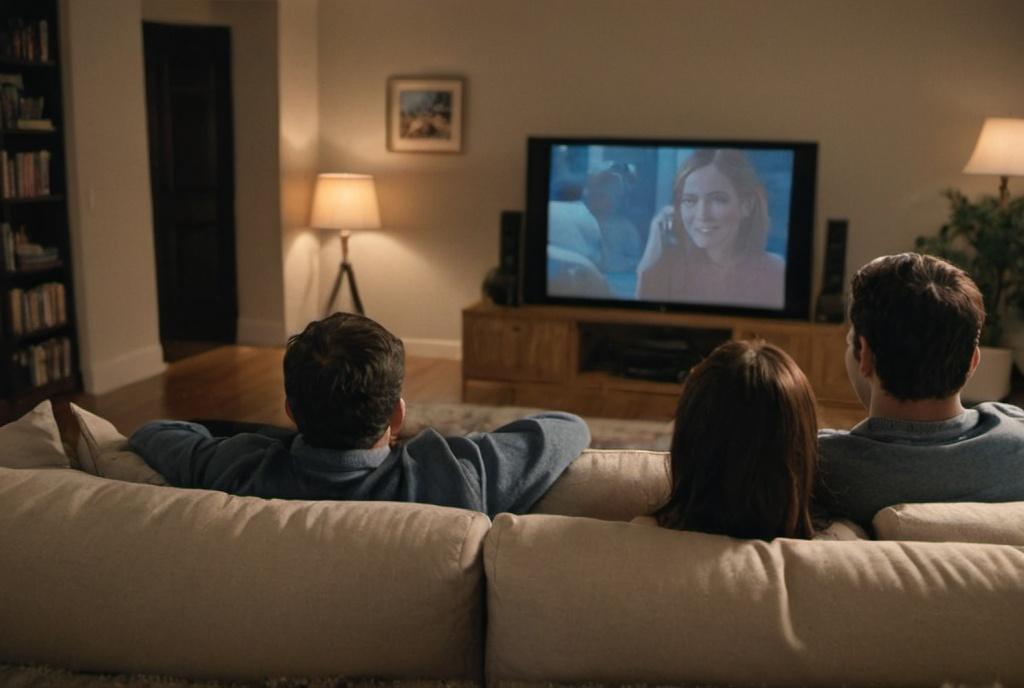
Key Take Aways About motion capture in filmmaking
- Motion capture (mocap) has revolutionized filmmaking by enabling digital avatars and creating realistic worlds.
- Actors wear marker-laden suits tracked by cameras to generate digital skeletons, later layered with textures and emotions.
- Mocap saves time and changes budgeting, with a focus on technology rather than only sets or locations.
- Mocap influences acting and directing, demanding adaptation to tech-driven storytelling.
- The future may see mocap integrated with AI, making it accessible and potentially blurring the lines between real and virtual.

The Evolution of Motion Capture in Filmmaking
Motion capture, sometimes called mocap, has taken the movie industry by surprise over the last few decades. It all started with actors wearing clunky suits with reflective markers, and now we’ve got digital avatars that are almost as convincing as your next-door neighbor. This tech has transformed how films are made, allowing directors to create entire worlds from scratch with a level of realism that was simply not possible before.
The Technology Behind the Scenes
Now, you might be wondering what magic trickery goes into making an actor’s performance translate into a digital character. It starts with performers donning special suits loaded with markers. These markers are tracked by a system of cameras surrounding the actors. Each camera picks up the markers and sends data back to computers that transform these points into a digital skeleton.
But it doesn’t stop there. The data—the faceless stick figure that emerges first—undergoes a process where layers of digital skin, clothing, textures, and colors are added. Think of it like putting flesh and style on a mannequin. The goal is to replicate not just the movement, but also the emotion of the performance, the subtle twitch of a brow or a smirk. High-end systems even capture the tiniest facial movements, ensuring that a character doesn’t just move like the actor but also feels like them.
Efficiency and Financial Implications
Using motion capture is like hiring a full crew of digital artists who never sleep. It saves time. Animating characters frame by frame would take an eternity, but mocap shortcuts the process. Over time, this has led to a shift in budgeting. Filmmakers now allocate more of the budget to tech rather than just sets or exotic locations.
Motion capture can be a costly endeavor upfront. The equipment isn’t cheap, and neither is the technology needed to process all that data. But the savings come in post-production, where animators spend far less time refining movements. For producers, this means a quicker turnaround from filming to release, which can be a deciding factor in the fast-paced world of cinema.
Impact on Acting and Film Production
Actors have had to adjust to this new reality. Gone are the elaborate costumes and grandiose sets; in their place, a green screen and a suit with dots. Some actors find this liberating, offering a blank canvas to craft performance without distraction. For others, it’s a challenge, stripping away the tangible aids that can inspire their roles.
Directors, too, have to rethink their approach. Mocap technology allows for unprecedented flexibility in storytelling. Entire species can be created, and mythical worlds realized—all while maintaining a high level of detail and authenticity. This expands creative horizons but also adds pressure to adapt to a technology-driven method of storytelling.
Motion Capture and the Future of Cinema
Looking ahead, motion capture seems poised to continue its evolution and impact on the industry. As the tech improves and becomes more accessible, even indie filmmakers might find it within reach. Imagine low-budget films with blockbuster-level effects: intriguing, right?
We’re seeing more integration with AI, making the possibilities almost limitless. AI could interpret human motion data and apply it to create entirely new, never-before-seen characters. This might lead to ethical debates, especially if the line between real and virtual becomes too blurry.
The magic of mocap is here to stay, it seems. As techies and creatives keep pushing boundaries, the line between reality and fiction will continue to blur in ways we can’t even predict. Who knows—maybe your favorite animated character is already prepping for their close-up.



